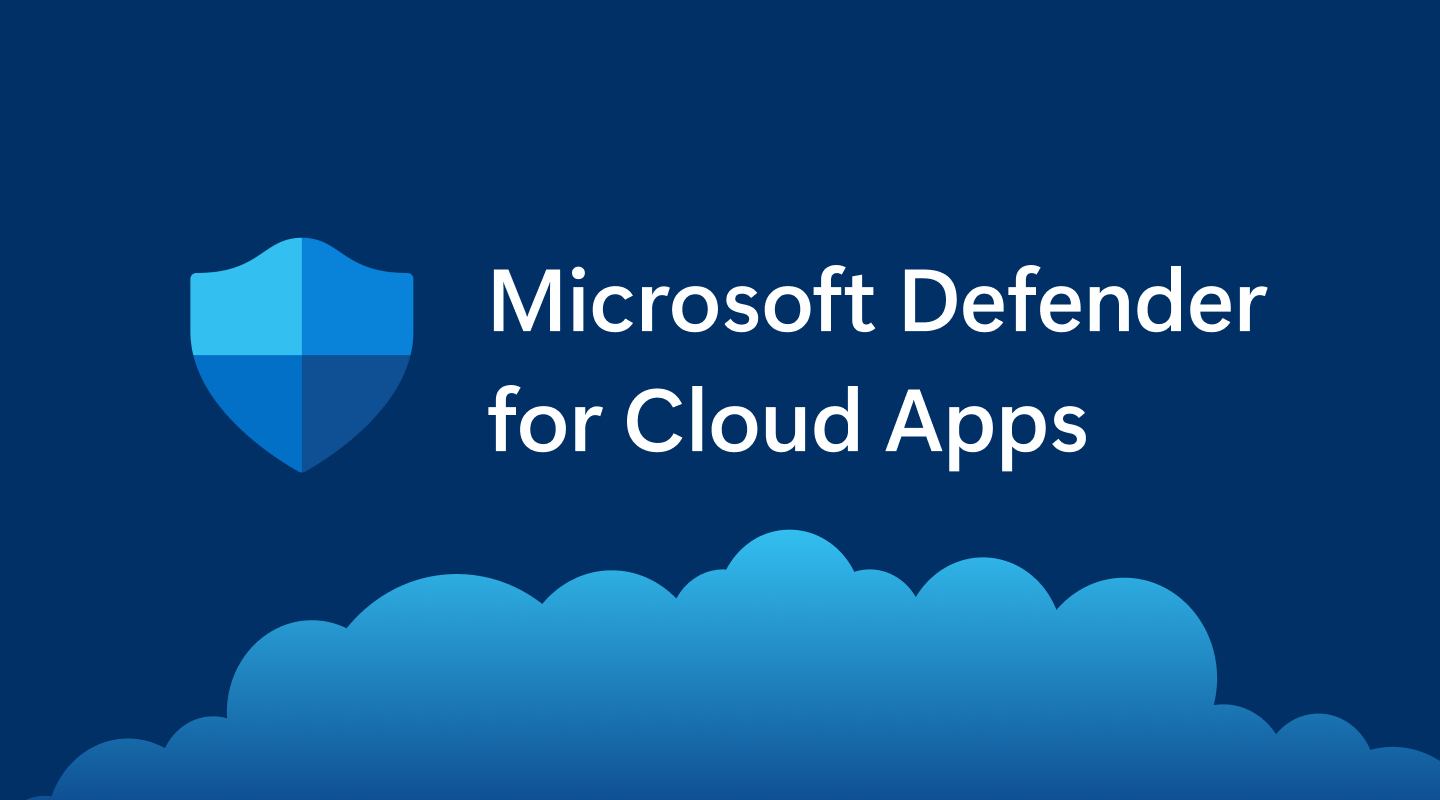Microsoft Azure ARC VM Management extends Azure Portal features to manage VMs in Azure Stack HCI and VMware vSphere from a single interface.
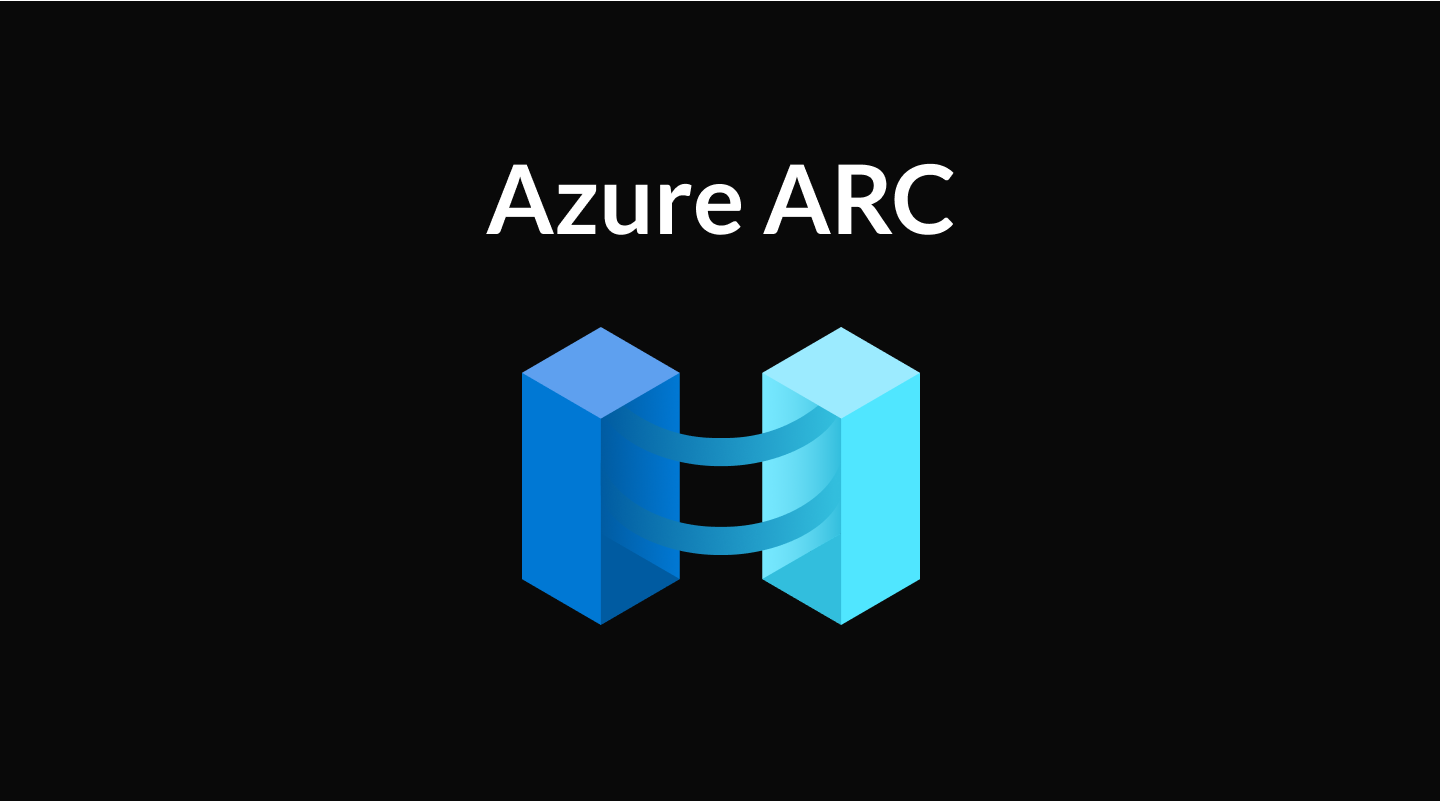
Microsoft Azure ARC VM Management extends Azure Portal features to manage VMs in Azure Stack HCI and VMware vSphere from a single interface.

Configuring DNS resolution for on-premises VMs linked to private DNS zones in Azure can be challenging. Luckily, Microsoft has released a new Azure service – DNS Private Resolver. It allows querying Azure DNS private zones from an on-premises environment and vice versa without deploying VM-based DNS servers.
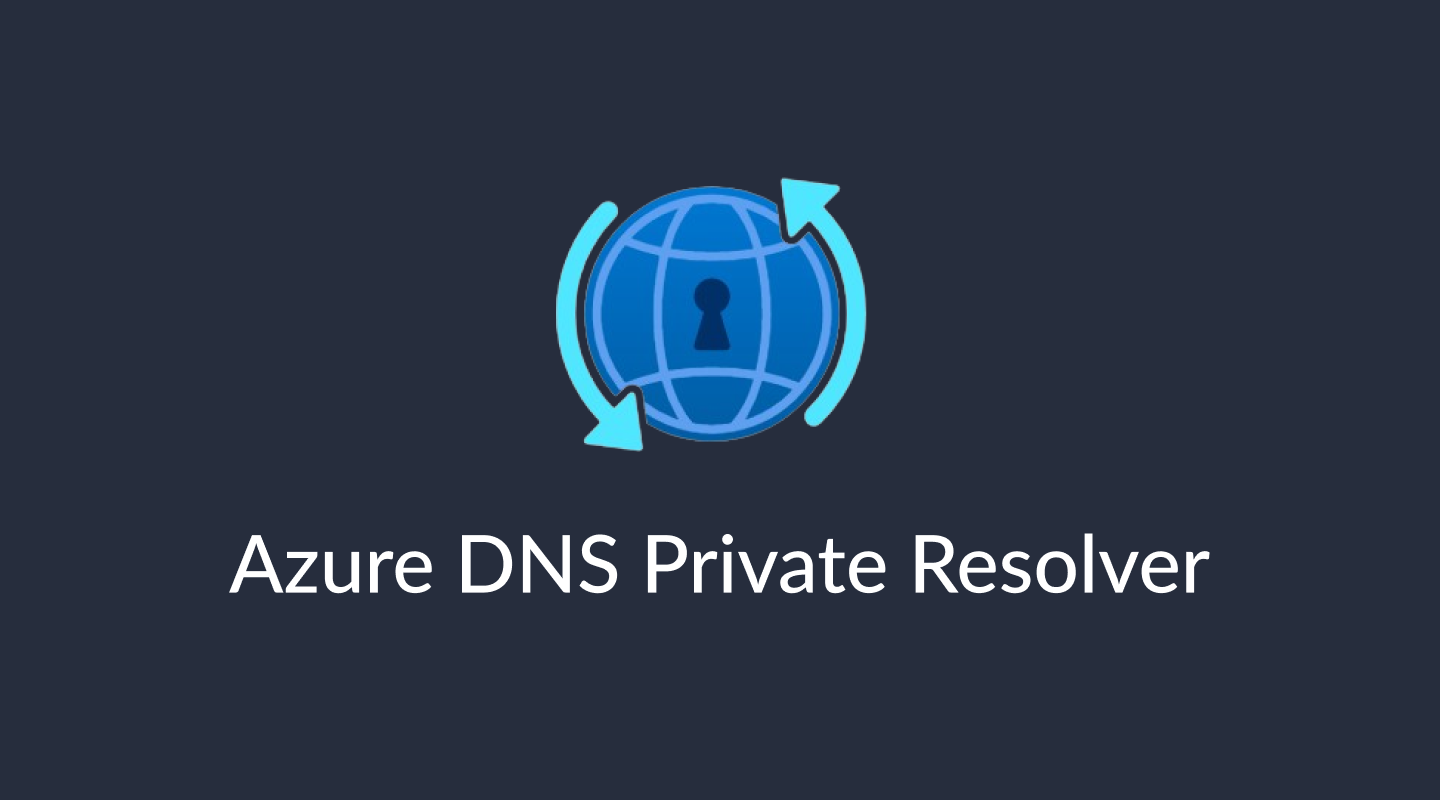
It’s never too much when it comes to cybersecurity. Microsoft recently released a feature for its Azure Active Directory (AD) that allows you to diversify authentication methods for different user groups. This feature is used in conditional access to apply customized policies to the right people.
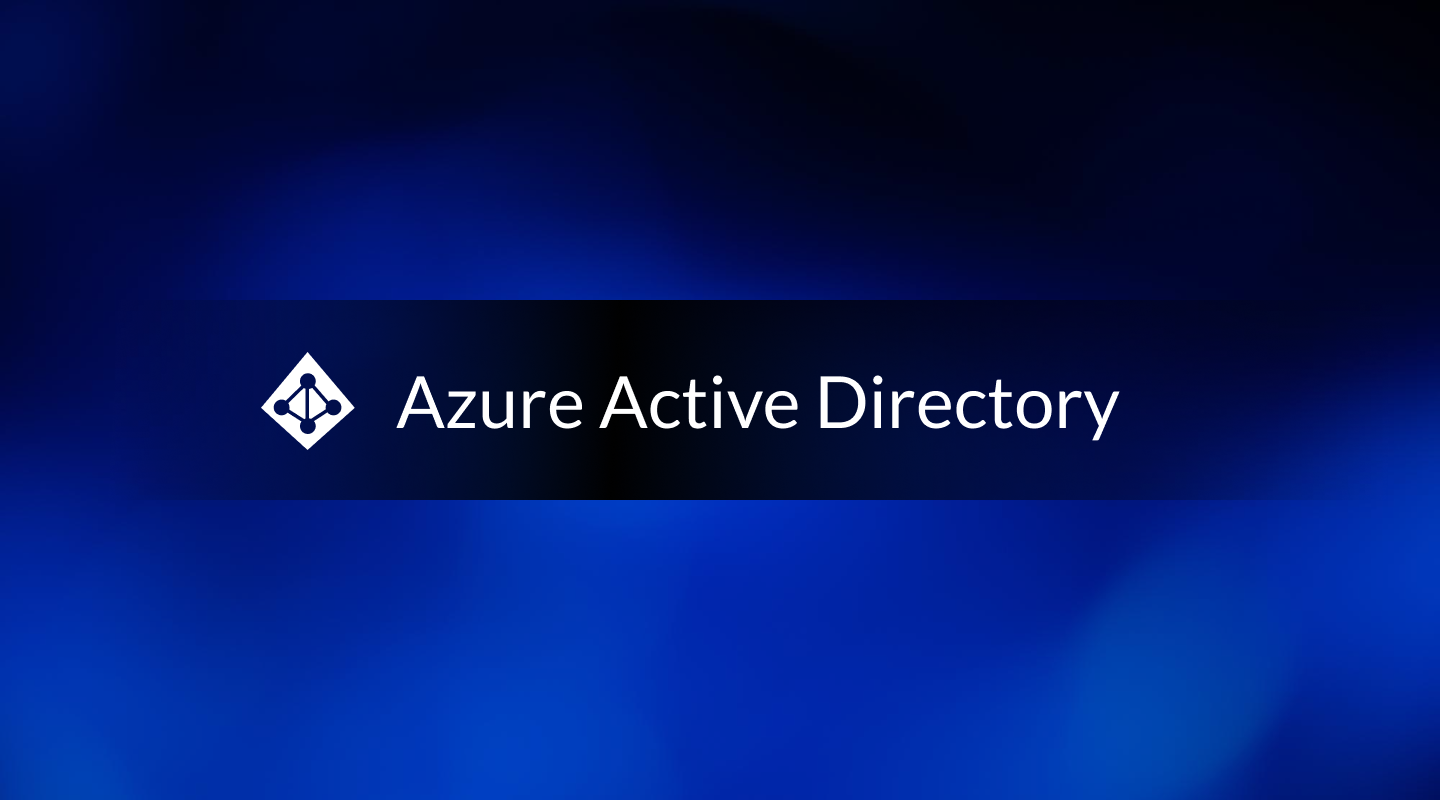
Failover cluster quorum can mean a lot of things. Many factors play in: the type of hypervisor vendor (vSphere, HyperV, KVM, etc.), the number of nodes, set failover configurations, and many more. The issue is critical for data availability, so it demands closer understanding from both the IT department and the management of a company.
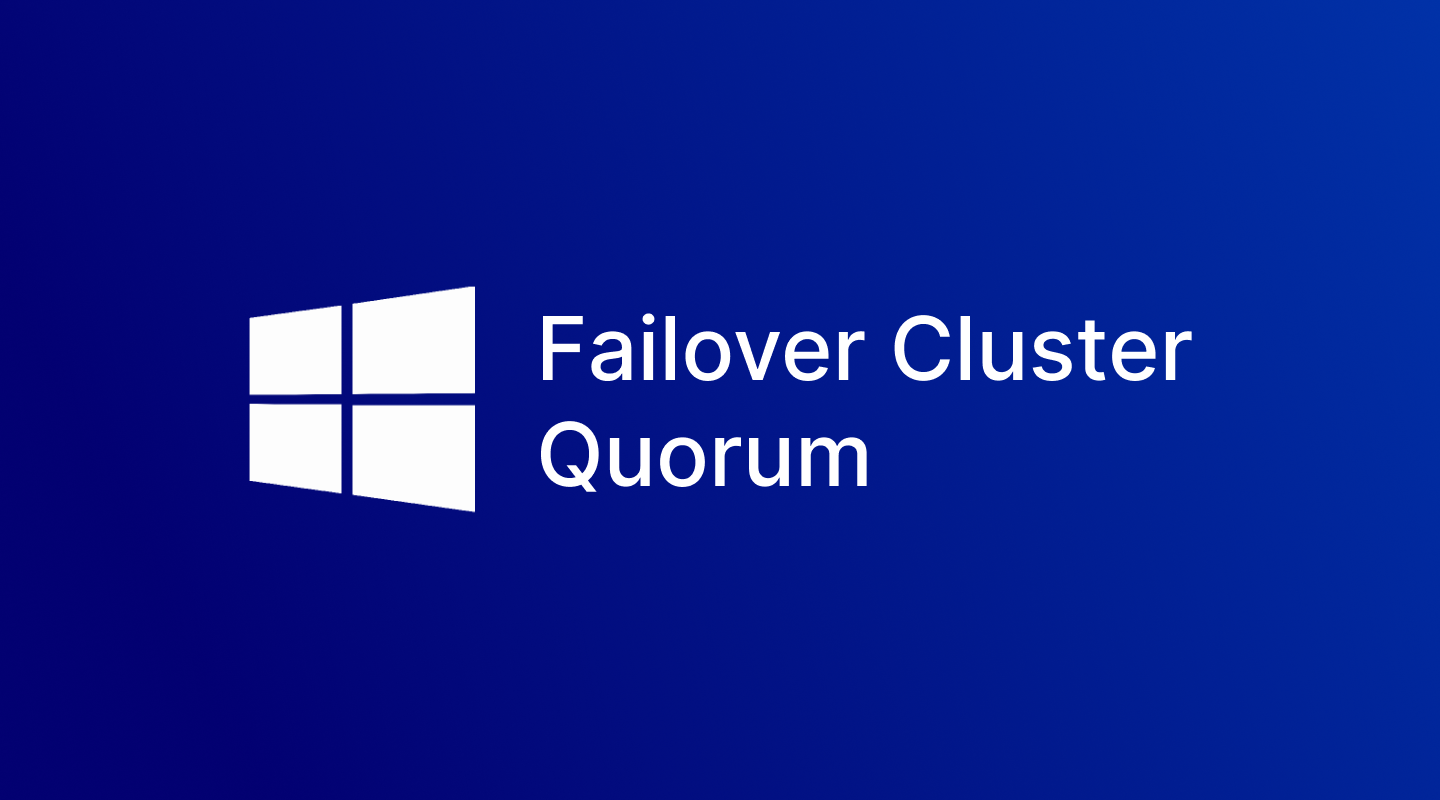
Azure Stack HCI cluster is a hybrid solution that successfully units on-premises infrastructure with Azure cloud services, managing both Windows and Linux workloads relatively easily. However, it isn’t without its problems, and most come from incorrect network configurations that decrease performance and increase latency.
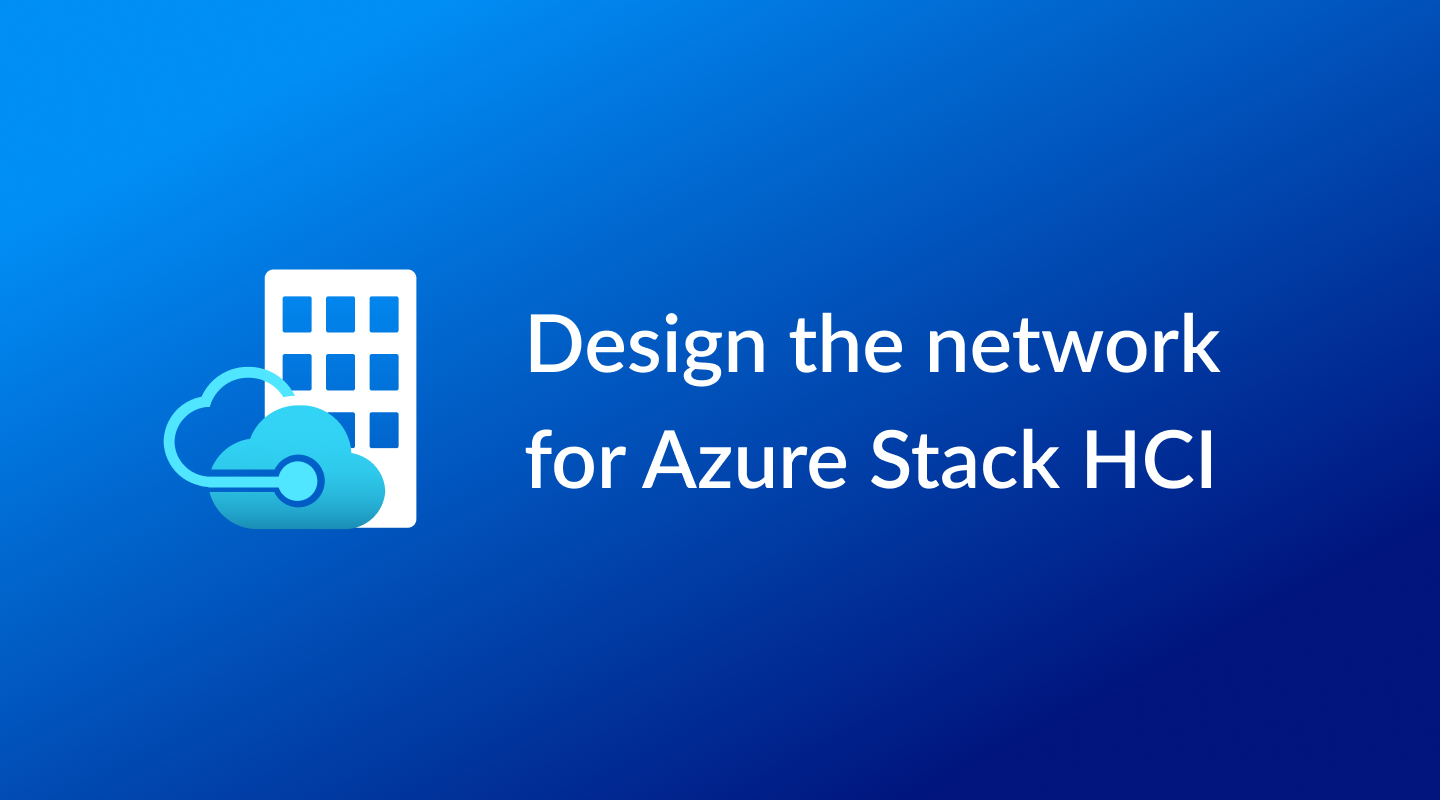
Temporary Access Pass (TAP) can be used to register another authentication method during new-user onboarding or to recover a lost or forgotten stronger authentication method. TAP is a time-limited passcode, issued by admins, that satisfies strong authentication requirements. You can use a TAP password for new users who can then register their passwordless authentication method.

Azure Active Directory (AD) allows managing connections so that users from certain countries can’t access your services. However, sometimes, VIPs can travel to one of such countries. To address that, you can deny access to all users in a country, allow connection from that country to certain users, or establish an approval workflow to allow travel with an access package.
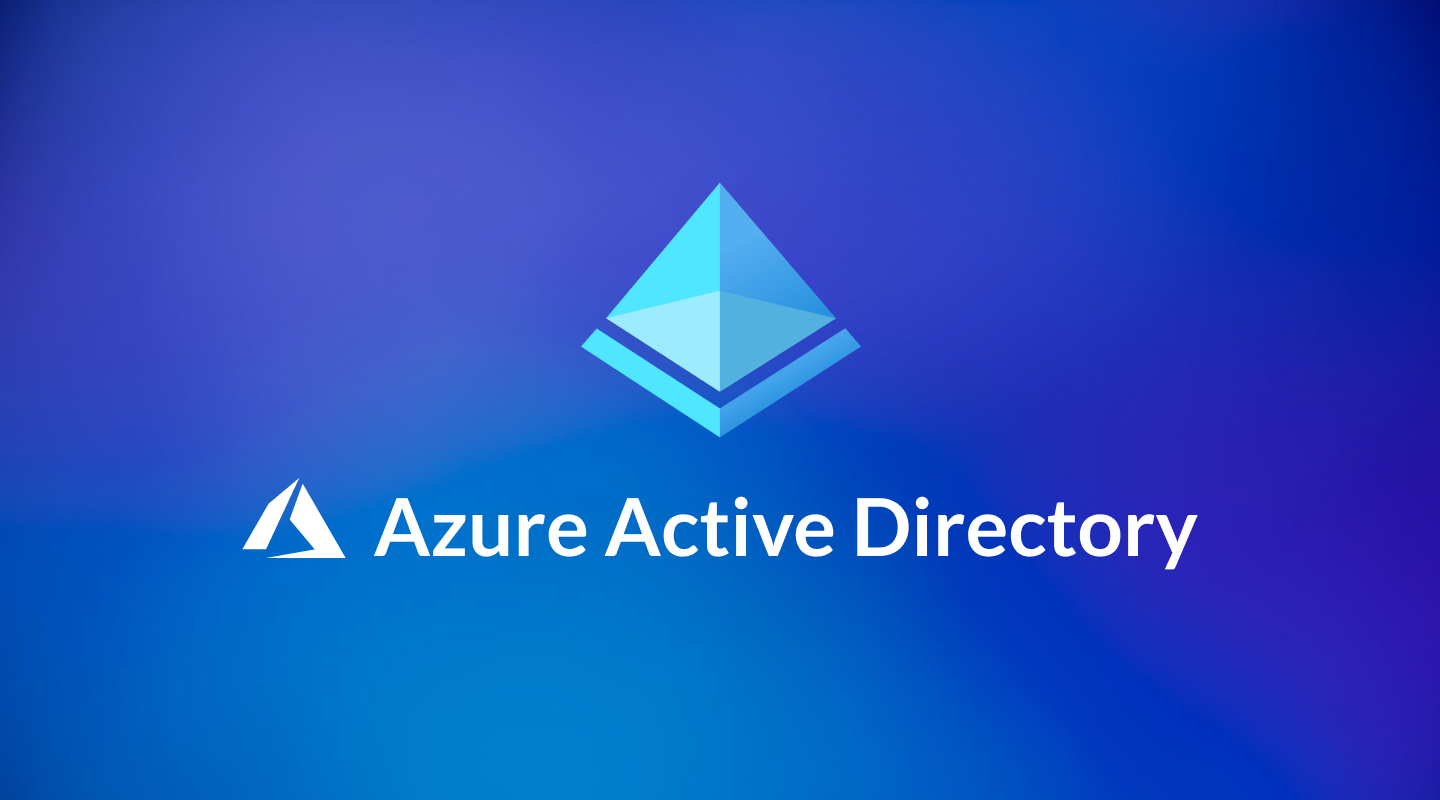
Microsoft Defender for Cloud Apps collects information from Firewall log inputs or traffic redirected from Microsoft Defender for Endpoint. As a result, it can help you identify users, accessing your systems, who are using applications that are not included in your compliance. That way, you can detect such shadow IT activity and prevent breaches.

Remote work is continuing to penetrate the fabric of the regular workflow ever more. Microsoft Defender for Cloud Apps is a Cloud Access Security Broker (CASB) that functions as a gatekeeper between your users and cloud resources they have access to. Among others, it allows to tap into Shador IT and app use to prevent malicious behavior.
